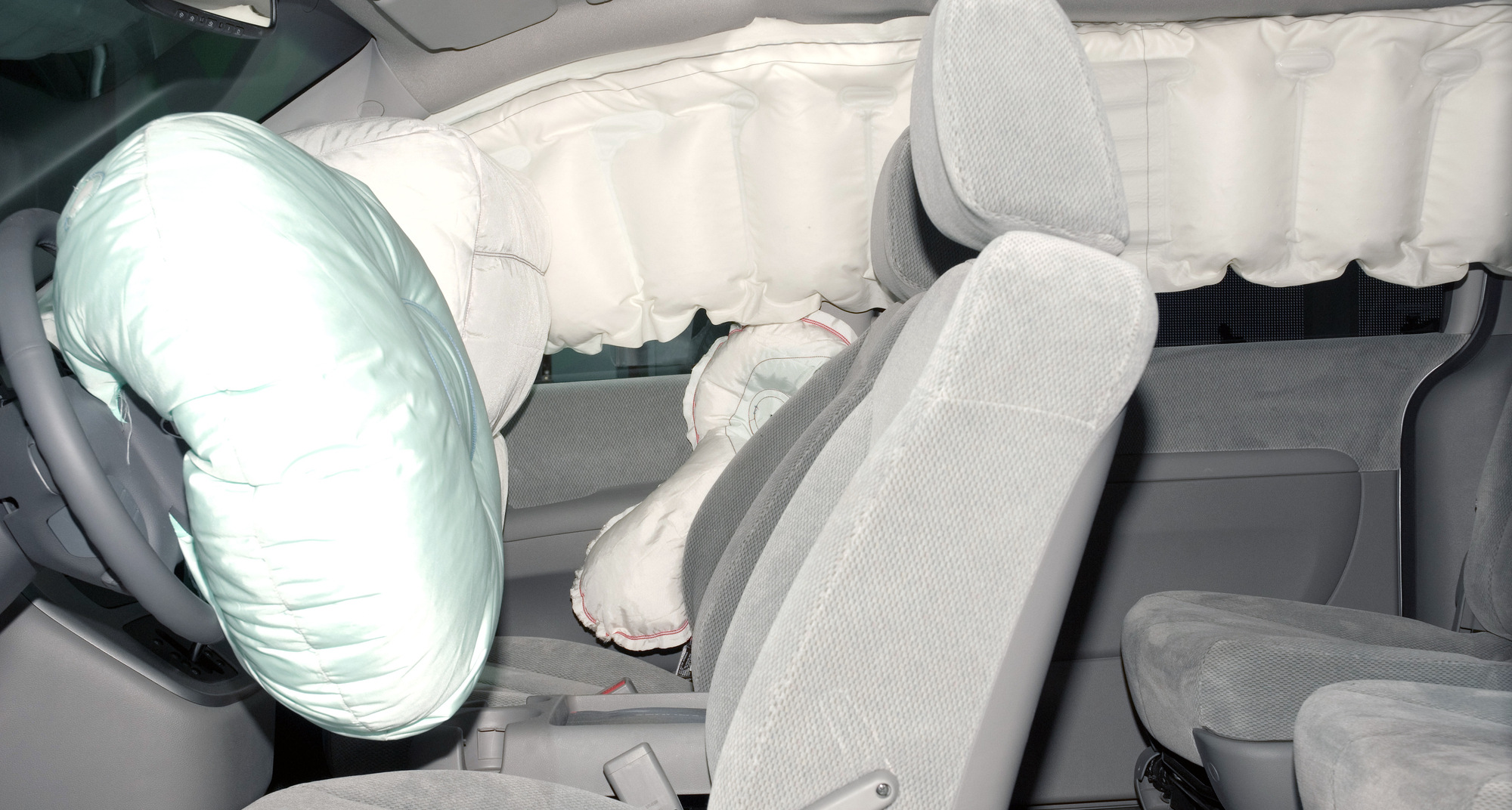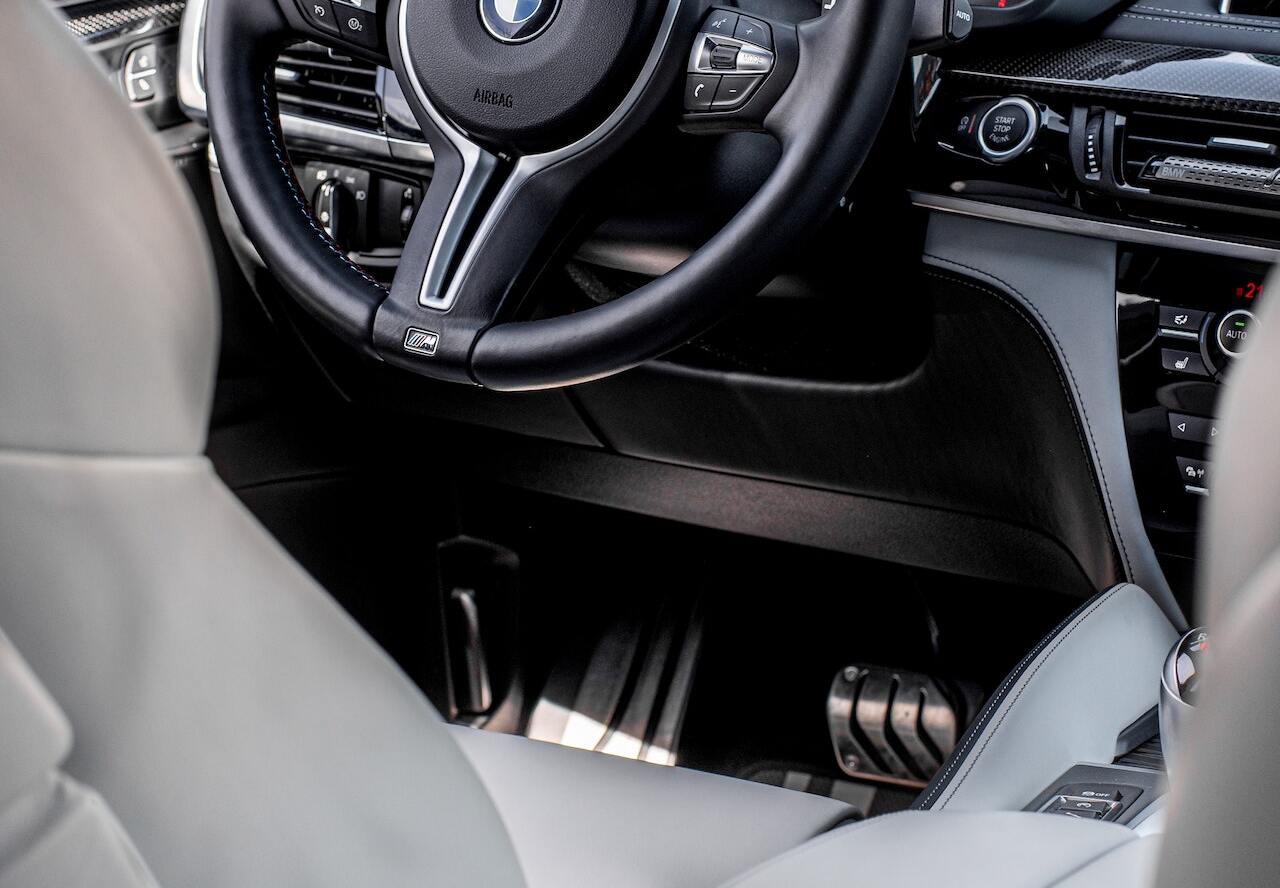The latest technologies for airbags
Are you curious about the latest technologies in the field of airbags? In this blog, we’ll explain how they work, delve into the history of the airbag, and examine the latest advancements that further enhance the safety of drivers and passengers. In short, keep reading if you want to learn more about all the developments in the world of airbags.

How do airbags work?
Airbags are designed to protect drivers and passengers in the event of a collision. They operate by rapidly inflating during a collision to create a cushion between the occupants and the vehicle’s hard components. This is achieved through a series of sensors that send a signal to the airbag module when they detect a collision. The module then activates an igniter, which causes a small explosion within the airbag. This explosion rapidly fills the airbag with gas, shielding the occupants from injuries that could result from direct contact with the steering wheel, dashboard, or other hard parts of the vehicle.
The history of the airbag
Before we delve into the most recent developments, it’s good to take a moment to look back at the earlier strides made in the field of airbags. The concept of the airbag originated in the 1950s, but the first functional and commercially available airbags were only introduced in the 1970s. Since then, airbags have evolved into an essential component of safety systems in modern vehicles, with both frontal and side airbags being standard in most cars. Please note: for the airbag to function safely, it is necessary to wear a seatbelt.
The latest developments
In recent years, several new technologies have been developed to make airbags even safer and more effective. Some of the most recent developments include:
- Adaptive airbags: Airbags that deploy in two or more stages depending on the impact force, providing better protection in a collision.
- Curtain airbags: Curtain airbags are designed to protect occupants in side impacts and rollover accidents. They are installed along the inside of the roof and offer additional head and neck protection.
- Central airbags: These airbags are designed to prevent occupants from coming into contact with each other in a side impact. The central airbag is placed between the front seats and inflates in a side collision.
- Pedestrian airbags: To improve pedestrian safety in collisions, airbags are now installed on the exterior of the car. These airbags are located under the hood and help reduce the risk of serious injury to pedestrians by creating a soft barrier between the pedestrian and the vehicle’s hard parts.
- Knee airbags: Knee airbags are designed to protect the knees of the driver and front passenger in a frontal collision. They are installed under the dashboard and help reduce the impact on the lower limbs.
These new technologies significantly contribute to the overall safety of occupants and pedestrians in a collision. They provide better protection, reduce the risk of injury, and are better tailored to the specific circumstances of those involved. These innovations make driving increasingly safer and further reduce the number of traffic casualties.
A look ahead
In the future, airbags are expected to undergo further improvements through the integration of advanced sensor technology and artificial intelligence (AI). These developments can assist in more accurately predicting and detecting collisions, further shortening the response time of airbags. Additionally, new materials and designs will be introduced to make airbags lighter and more efficient without compromising the protection they provide. Furthermore, we can anticipate the development of airbags that can better adapt to individual passengers, taking into account their body shape, weight, and seating position. This will result in even better protection and a reduction in the risk of injury in accidents, further enhancing road safety.
Conclusion
Recent innovations such as adaptive airbags, curtain airbags, central airbags, pedestrian airbags, and knee airbags all contribute to improved protection and the reduction of traffic casualties. If you are in search of an airbag or are interested in the latest airbag technologies, we recommend reaching out to us. We can advise you on the best options for your vehicle and assist in selecting the right airbags (and related components) to ensure optimal protection.


